Fabric of Time

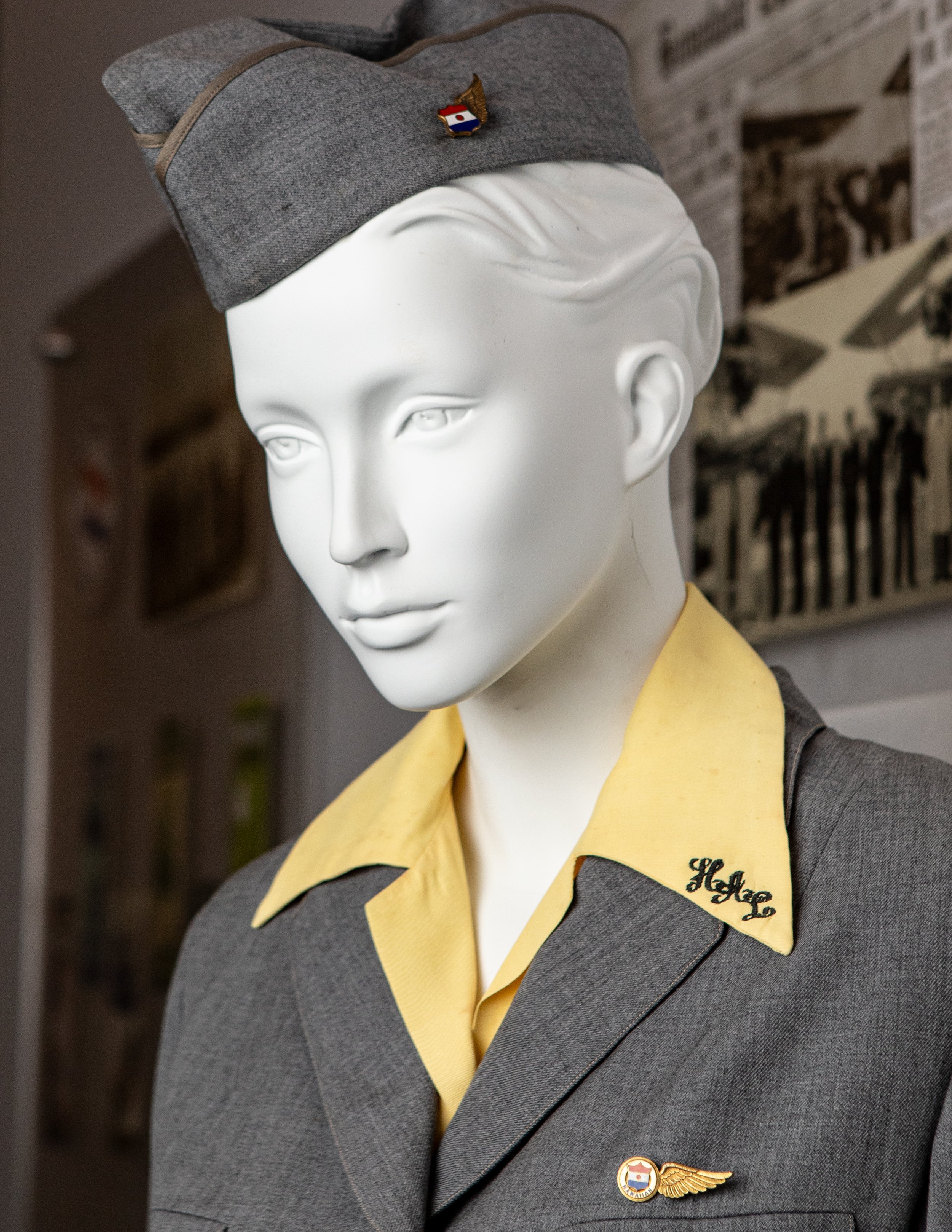

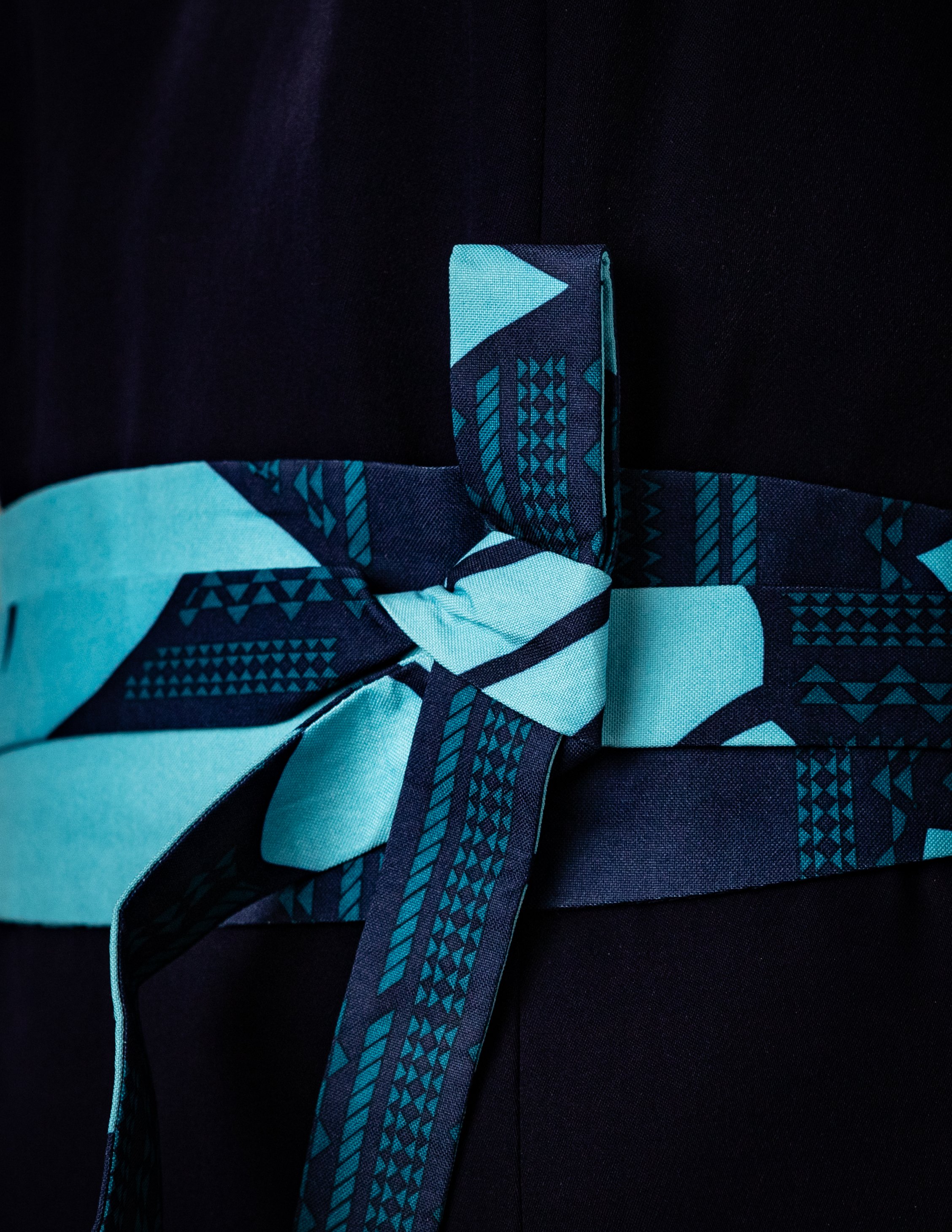
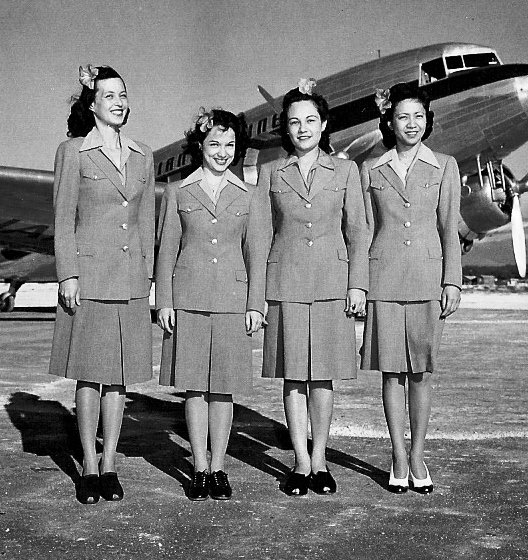
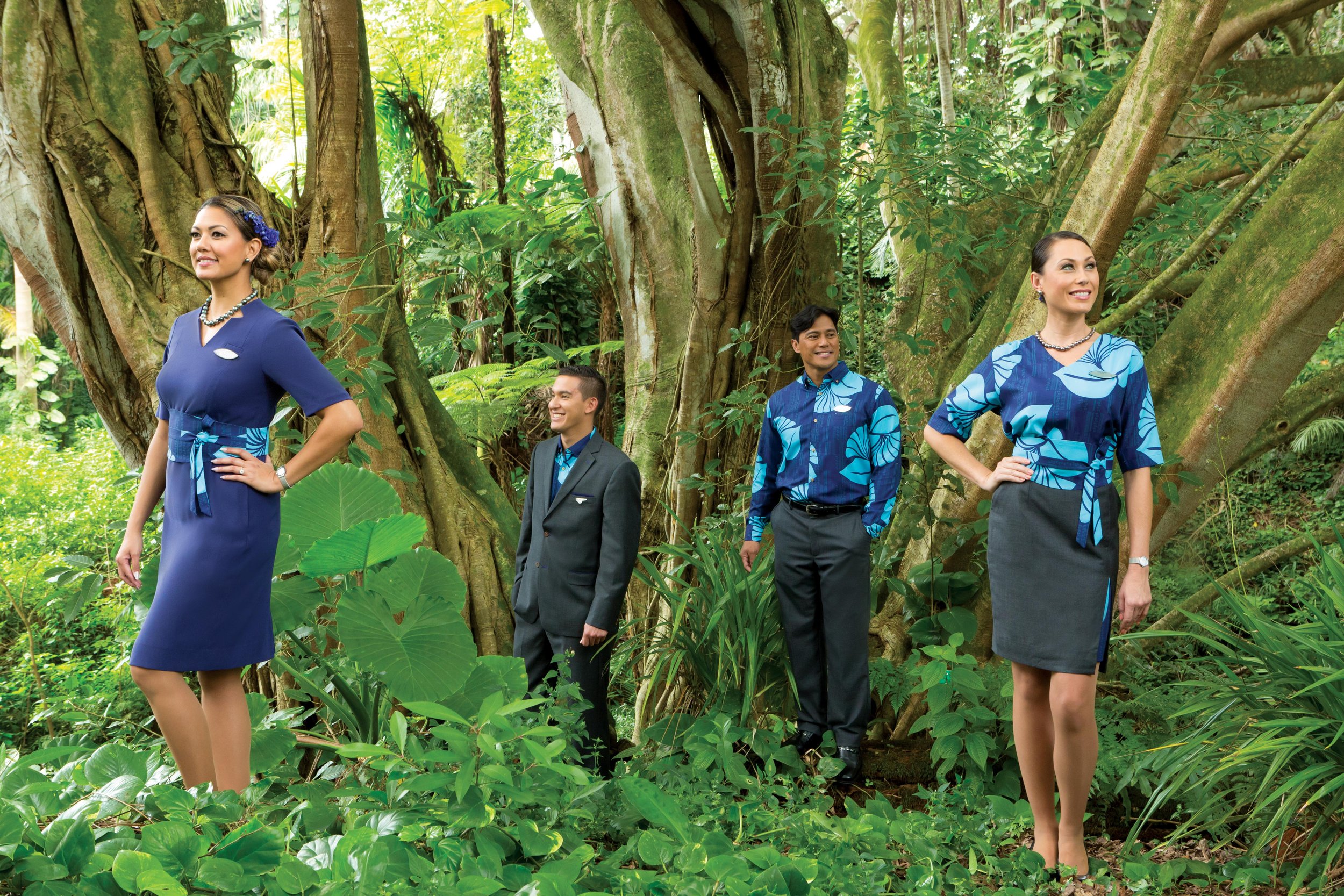
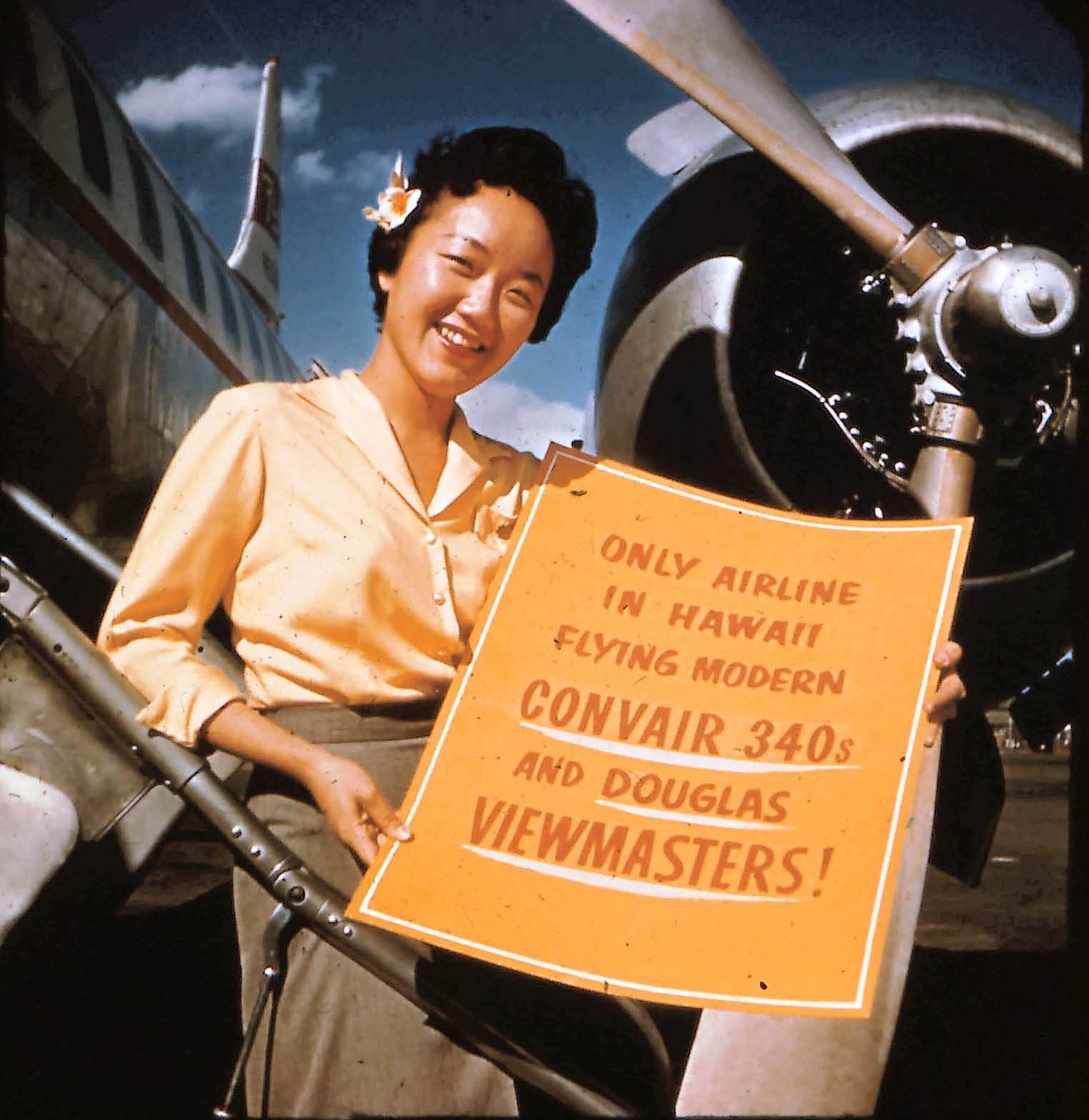
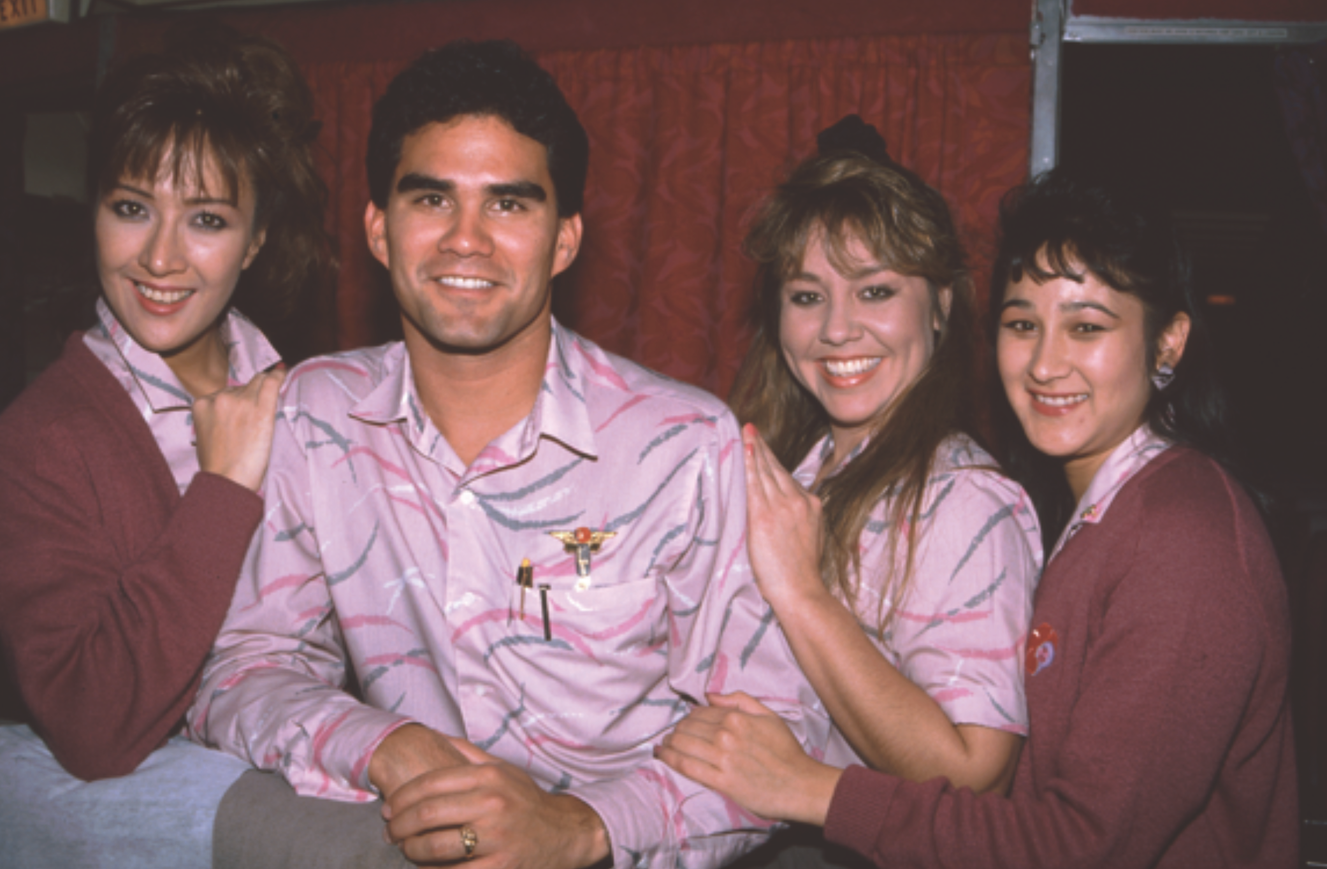
At Honolulu Fashion Week in 2016, Hawaiian Airlines wowed attendees with a new clothing line by famed Hilo designer Sig Zane. Which may not sound surprising at first — after all, in addition to sponsoring Fashion Week itself, the airline annually hosted Runway to Runway, a fashion show that showcased international designers who hailed from trendy destinations where Hawaiian Airlines flies.
But that year’s designs were different because these clothes weren’t for the general public. They were a line of new uniforms for Hawaiian Airlines’ entire 5,000-plus workforce, from customer service agents to mechanics. It represented not only a chic new look for the nearly 100-year old airline carrier but also a new chapter linked to the past by a common thread: connecting Hawai‘i to the world.
“Our uniforms are a symbol of our company. They’re also a symbol of Hawai‘i, especially in cities around the globe,” says Alisa Onishi, Senior Director, Brand & Community at Hawaiian Airlines.
Usually when airline companies update employee uniforms, it’ll often begin with those in “above-the-wing” positions, such as pilots and flight attendants. After a couple years, the focus will shift to new uniforms for “below the wing” employees, including ground crews and maintenance workers.
“We took on the challenge of updating all uniforms to unify our team and make everyone part of the refresh,” Onishi says. “These new uniforms matched new aircraft and new branding we launched around the same time. This was wild to accomplish all at once, but we felt it was necessary.”
Creating a new look was a challenge but Hawaiian Airlines was up for it. This is the same airline that got its start in 1929 flying passengers eight at a time on Sikorsky S-38 amphibious biplanes, essentially flying boats. In those days, the first in-flight attendant uniforms, like most other elements of early air travel, were influenced by the military. “Women didn’t show their knees, and the lines on their stockings had to align perfectly down the middle of their legs,” Onishi says. “Flight attendants were called hostesses back then; the lead hostess would recruit other young women from local campuses, like Kamehameha Schools.”
During this time, uniforms for Hawaiian Airlines flight attendants were heavy gray polyester outfits with big gold buttons. Hostesses wore side caps and lapels adorned with pins inspired by the winged logo for the Inter-Island Steam Navigation Company. (Hawaiian Airlines began as Inter-Island Airways, a subsidiary of Inter-Island Steam Navigation Co.) Later, these gray military-inspired uniforms softened to blue during the Jet Age of the late 1950s and ‘60s.
In the 1970s, Hawaiian Airlines adopted a variety of looks, from flower power prints to abstract patterns. Hats fell out of fashion as elaborate hairstyles became more in vogue. Accessories played more of a role, with ivory earrings, colorful scarves, sash belts, fresh plumeria hairpieces, and even sandals appearing regularly as part of flight attendant ensembles. From a wardrobe of six garments, flight attendants were often able to make more than a dozen different outfits. “In our uniforms from the 1970s and ’80s, you definitely see the brighter colors of the era,” Onishi says. “People fell in love with these big prints created to inspire and evoke the spirit of Hawai‘i.”
Uniforms would also see changes with the arrival of new planes or shifting corporate styles. A special edition pink and orange hibiscus uniform was created to match Hawaiian Airlines’ Pualani logo in honor of the company’s 50th anniversary in 1979. Aloha shirts and slacks were introduced as more men began joining the in-flight team in the 1980s. As the carrier began traveling to more destinations around the world, fabrics were changed to accommodate different climates.
“It became essential for material to be breathable in warm weather but also protect against cold weather, depending on the cities where Hawaiian Airlines was flying,” Onishi says.
Today, these different outfits can be found in Hawaiian Airlines’ uniform center. The carrier’s past looks served as a launching point for Sig Zane to reimagine the brand’s latest look. Through on-the-job shadowing and working with a committee of 40 employees, each representing a mix of job functions, Zane and his team designed a narrative print inspired by ‘ohana, a sense of place, and voyaging to reach a common destination. Named Ku Makou, which means to stand together as one, the print comprises two main elements: ‘ohe kapala (carved bamboo stamps often used in traditional kapa decorations to form intricate repetitive patterns) and the ‘ohi‘a lehua blossom, a symbol of love, strength, and resilience in Hawaiian history and culture.
“We combined a migration chant with the lehua to draw parallels in travel: traditionally the wa‘a [canoe], but in this age, we fly!” Zane said about the uniforms in 2018. “We illustrated the story of traversing from place to place with ‘ohe kapala.”
Zane introduced long-sleeved aloha shirts for customer service agents and flight attendants while also designing all uniforms to accommodate men, women, and nonbinary crewmembers, unlike the women-only hostess outfits from decades past. For ground crews, Zane and Hawaiian Airlines worked with airport authorities to create safety uniforms that incorporated reflective striping into shirt designs, eliminating the need for bulky vests. For pilots, who often prefer traditional blue or black blazers, a bamboo stamp pattern was added to the inner lining of jackets. Meanwhile buttons were adorned with shiny wings, a design throwback to the midcentury heyday of commercial flight.
Zane’s stylish uniforms were a hit when they debuted in 2017, arriving at a pivotal time for the carrier. Since Hawaiian Airlines’ last uniform refresh in 2009, the organization had doubled in size and added more international destinations, including Auckland and Seoul. What began as a scrappy sightseeing tour service has since become an unofficial ambassador for the Islands. Compared to their earliest inter-island flight from Honolulu to Hilo — which once took more than three hours — Hawaiian Airlines has (literally) come a long way.
